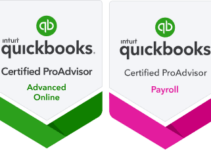COVID-19, a global disease that affected 1.6 billion students in 150 countries, necessitated the use of remote learning. There is a projected $350 million market for online education by the year 2025. “How to Build an Online Learning Portal” is the topic covered in this article.
School systems are beginning to realize that educational technology (EdTech) is as much a part of our present as it will be in our future.
Elearning software creation is becoming increasingly popular as a rich business opportunity and an effective way to satisfy the world’s growing educational needs.
There is a wide range of ways it can be delivered thanks to the fact that it is available on nearly any wifi-connected device.
These tools also give students a number of learning options and modalities outside of the classroom, such as private tutoring and self-paced study.
Which LMS platform is right for you? This article will explain it more
How To Build An Online Learning Portal? 2024
2. Analyze Your Niche in Depth
As part of product development, it is critical to identify an issue that must be addressed. There is no need for your platform if there is no problem. Prior to continuing, consider the long-term benefits and value that your product may provide to its users.
The most in-demand subjects are those that deal with the practical application of knowledge and skills in fields like business and entrepreneurship, physical and mental health, personal development, and the creative arts. Consider your pupils’ age, gender, and educational history as well as their learning preferences.
4. Implementing essential features
A successful e-learning website will rely on its most important features. A great deal of thought and consideration must go into the features and functionalities of your website.
In order to build an online learning platform, you’ll need to consider three different types of aspects. Aspects unique to each student’s and instructor’s profile follow in the second category.

Do you want the best LMS platform and get a 50% discount? To get discount coupons and save money, click here
Quick links:



